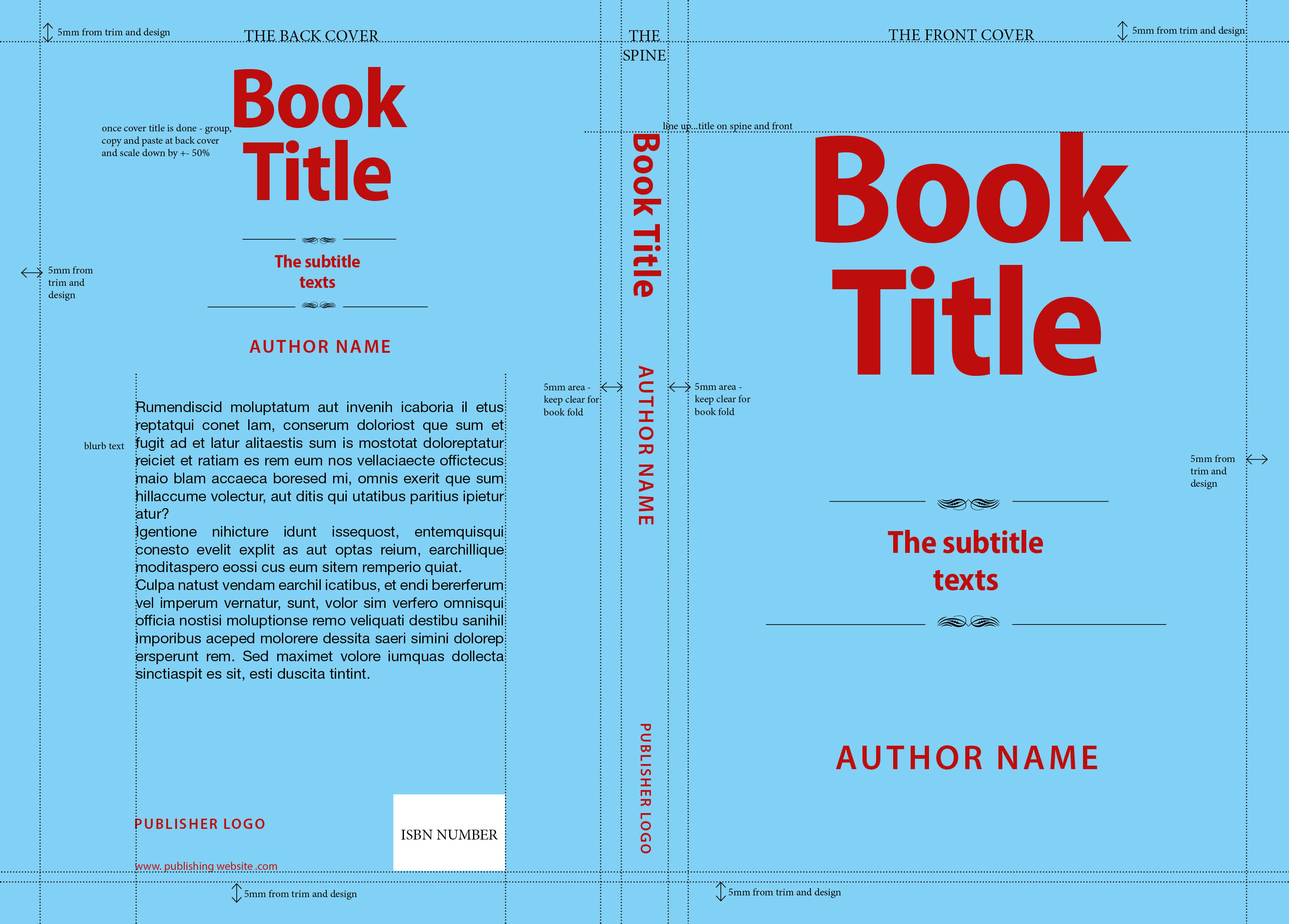You might’ve heard the phrase, “You can’t judge a book by its cover.” In reality, we all do it. If we have a hankering to find a new book, we might spend some time browsing Amazon. We’ll scroll through a hundred books before something catches our eye. What is it that we find? Most likely, a book cover that was designed well enough to catch our interest.
Only from there do we click on it, read the description, and gander at the reviews. Having the perfect book cover is essential to your writing success. If anyone is going to give you a chance, it has to reflect an interest in the reader, or they won’t even click on it. Here’s a real-life example:
Martin Lake is a self-published author who could barely get any attention. He was maybe selling 15 books per month. Rather than resting on his laurels and deciding nothing could be done, he made a change. Martin decided to go back and revisit his book covers for his trilogy. Changing the cover for his first book, sales suddenly tripled.
After changing the design for the other two, his sales doubled again. He didn’t do a single thing to change his marketing strategy, nor did he have to edit his work. It was all about the cover design. It wasn’t catchy enough the first time around, so sales were sluggish. You’ll see many bestselling authors use this tactic as well.
When sales are sluggish, nothing can breathe new life into an old masterpiece quicker than a new cover design. If your sales are sluggish, or you’re writing a book for the first time, here are some tips and strategies for creating an amazing book cover:
Table of Contents
1) Know and Understand the Intent of Your Book
Your book as a message. You have an audience you want to reach. What is that audience like? Non-fiction books speak directly to the brain, but fiction is all about heart. So, translate that into your cover. If your novel has an emotional message, create a cover that inspires emotion.
Also, don’t go against what your genre would expect. If you have a bright and sunny cover for a horror story, it might not do as well. Use emotion and expectation to create something unique. Remember, if your cover isn’t on point, the book won’t sell. It doesn’t matter how well-written it is. Tell your story through the cover to entice them to make the purchase.
2) Look at Successful Covers in Your Genre
If you’re not entirely sure, just browse Amazon. They have millions of books! Many of their books were self-published and they took off. Look at all the covers. Take notes and determine which book cover stands out to you and why they peak your interest. Take those notes into the designing phase with you.
3) Pre-Made Covers
Cover design can be a complicated subject. You must either be proficient with all things graphic design or have the money to hire someone. Hiring a designer to create a cover for you can cost thousands of dollars. You can find a cheap designer, but you get what you pay for. A cheap design won’t help sell too many books.
https://www.adazing.com/book-writing-made-easy-in-6-simple-steps/
Thankfully, there are several websites out there where you can buy a pre-made book cover. These covers, for the most part, are professionally designed. They can slap your name and the title of the book on them. The cost is the best part. They make their money by selling a bunch of pre-made covers. You can buy a great cover for between $50-$200.
4) Remember that Book Covers are Only Partly Art
Having a little art on your book cover is only part of the battle. It’s also psychology and science as well. Where you place your words, how large your name is, and font you use all play a part. Look at all the books by big-time authors. Their names are in larger print than the title of the book! The big selling point isn’t the title of the book, but who wrote it.
Are you going to place the title on top or bottom? Are you going to fill up the space with text or let the design do the talking? These are all decisions you have to make. Maybe go with 3-4 different decisions and create a poll on Facebook to get people’s opinion. Also, typology is very important. There are specific genres where certain fonts are perfect.
At the end of the day, this part of the journey should be fun. You don’t just get to create a whole new world, but also a visual representation of that world. It’s the first time you really get to see how your book looks and comes together. If it’s not right, it has a good chance of slowing down sales.


